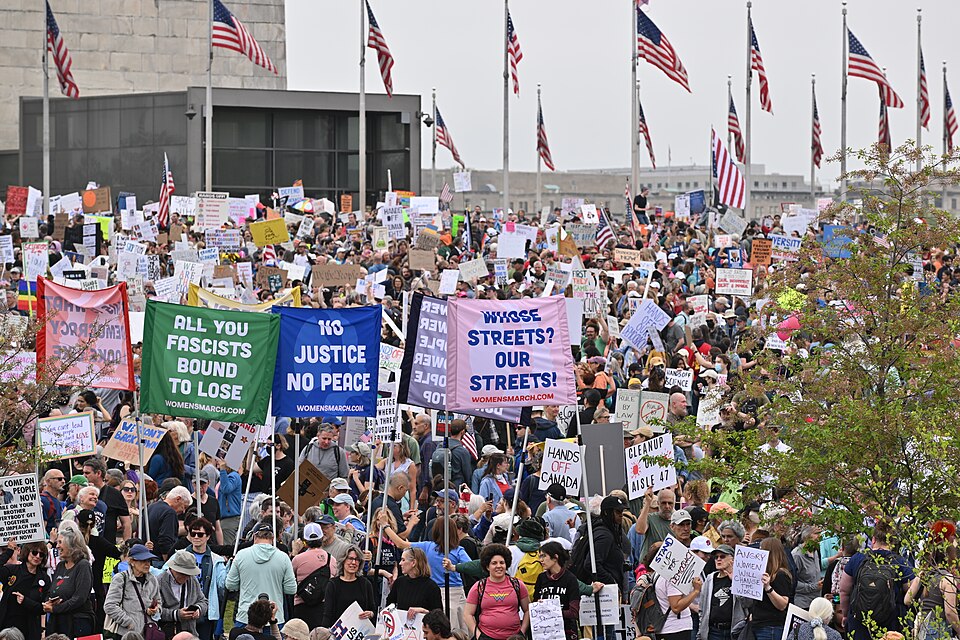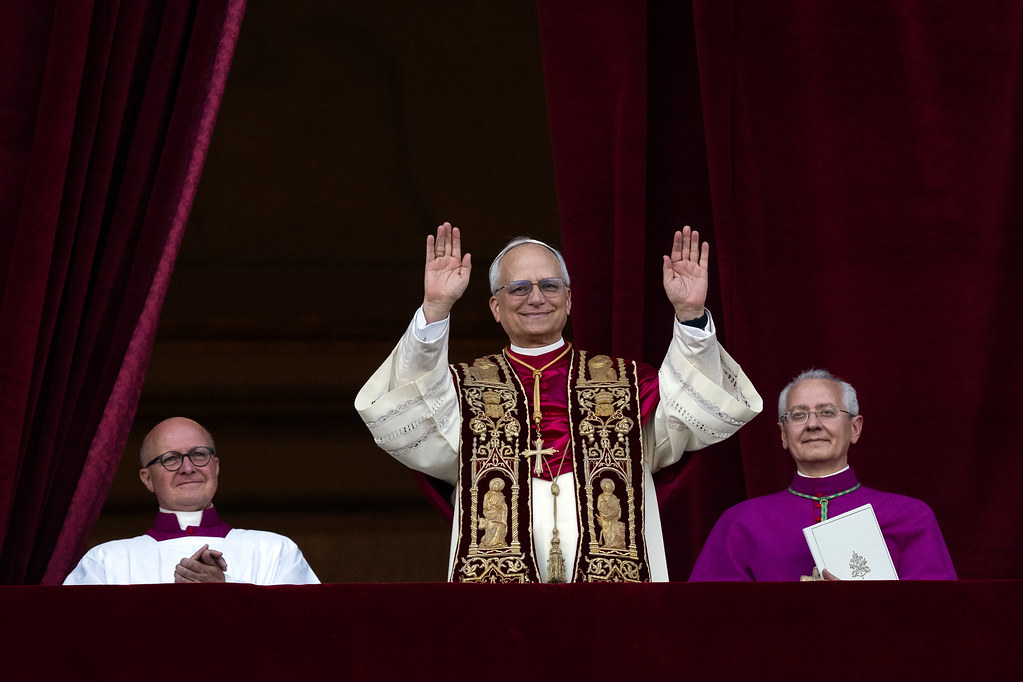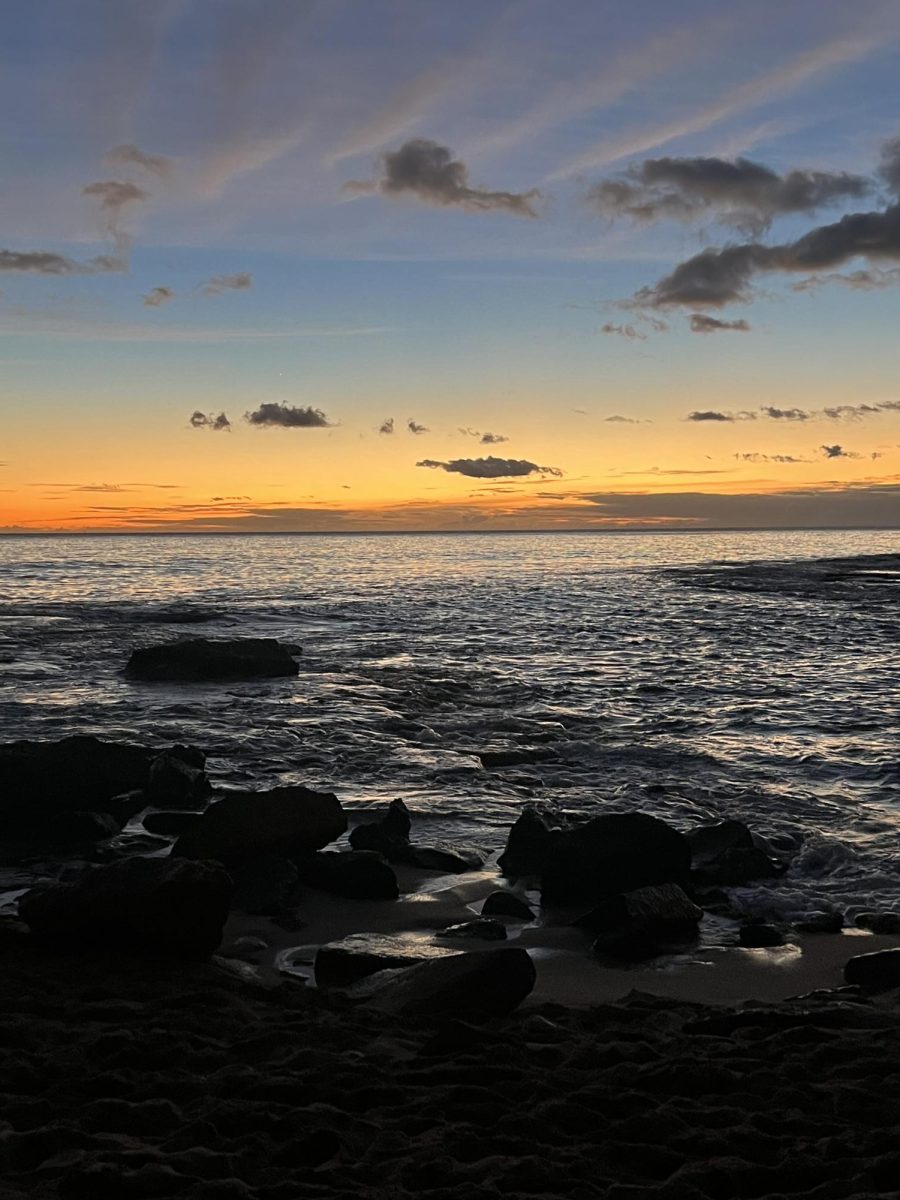Overturning Roe v. Wade
February 7, 2023
On June 24, 2022, in a 6-3 ruling, the US Supreme Court overturned Roe v. Wade, ending nearly 50 years of legislative protection and banning abortion in several states. Justice Samuel A. Alito Jr. authored the ruling against Roe and stated that abortion was “egregiously wrong,” supported with “exceptionally weak” arguments, and had “damaging consequences.” Additionally, Supreme Court Justice Clarence Thomas warned that the overturning would be one of many rulings and called to reconsider rights to same-sex marriage and access and use of contraception. The Dobbs v. Jackson case attracted hundreds of demonstrators outside the Supreme Court both for and against abortion rights. The final decision received dramatically different responses from pro-life and pro-choice activists and protesters. Pro-life groups erupted into cheers for the overturning and said they would “work hard to make sure abortion is illegal in all 50 states.” Pro-choice groups and women nation-wide wept with devastation. One pro-choice rights protester, Paxton Smith, said to The Washington Post, “I am very afraid for the world…what we just stepped into, that it’s no longer a matter of ‘can somebody get sued for having an abortion,’ it’s now ‘can somebody go to prison because they decided not to be forced to have a child.’” Many other pro-choice protesters stated that they felt the final decision demolished their human rights. Conversely, pro-life protester Macy Petty said, “I was just really overwhelmed and thankful…this is an unbelievable act of grace and mercy on this country.” The reversal of Roe led to the complete ban on abortion in twelve states, including Texas and Idaho. Florida and nine other states put severe restrictions on abortion. Additionally, doctors that administer abortions will receive a penalty, as well as the receiver of the service.






























